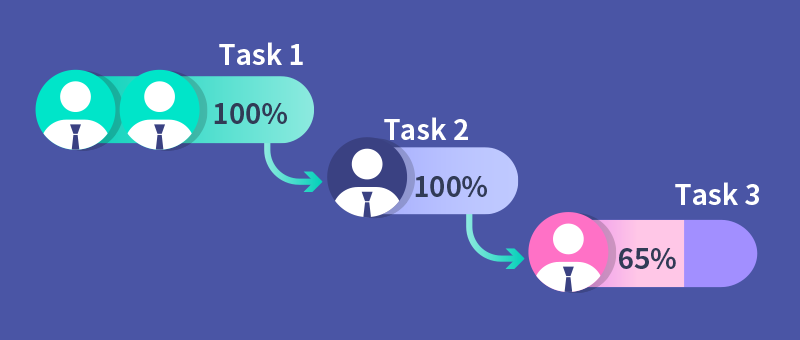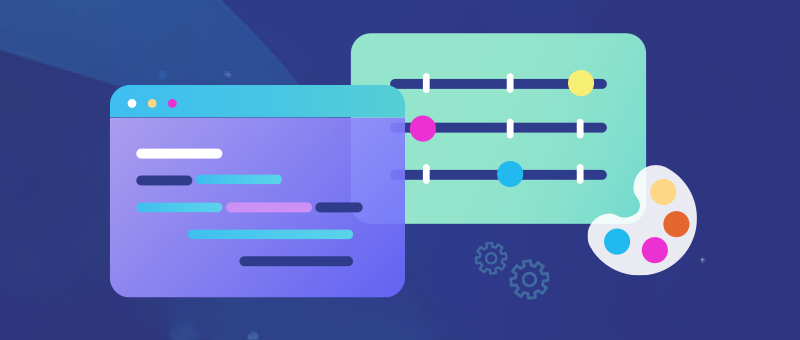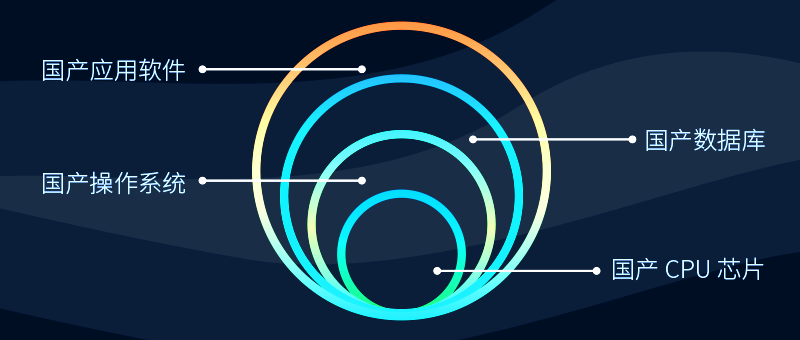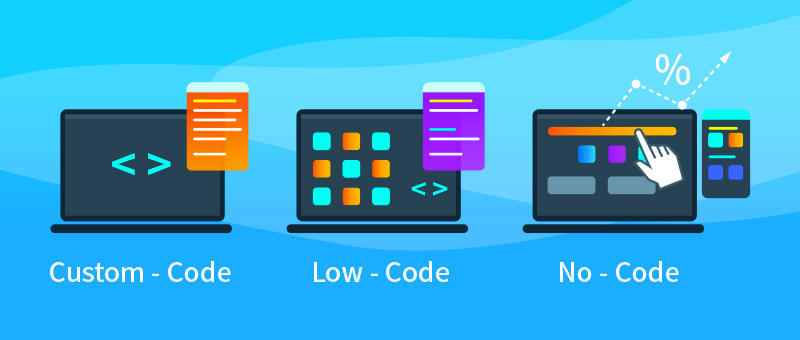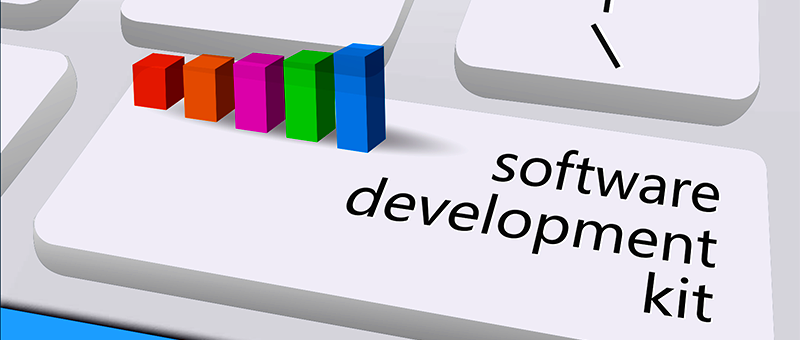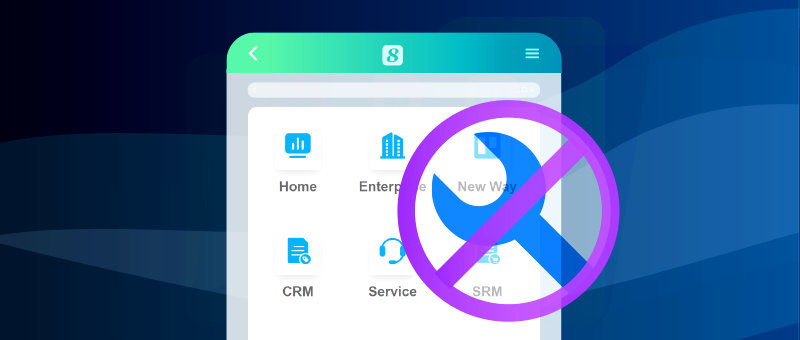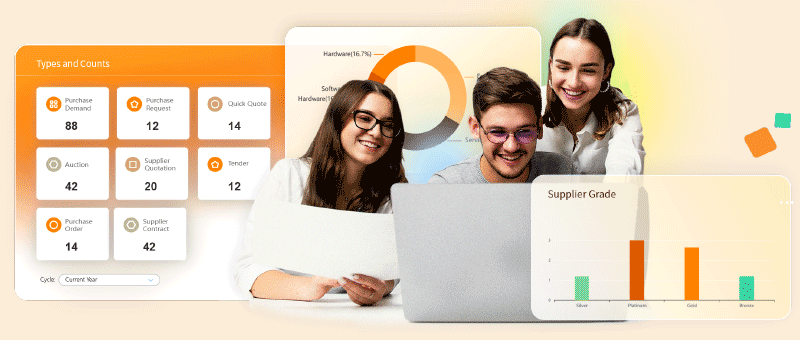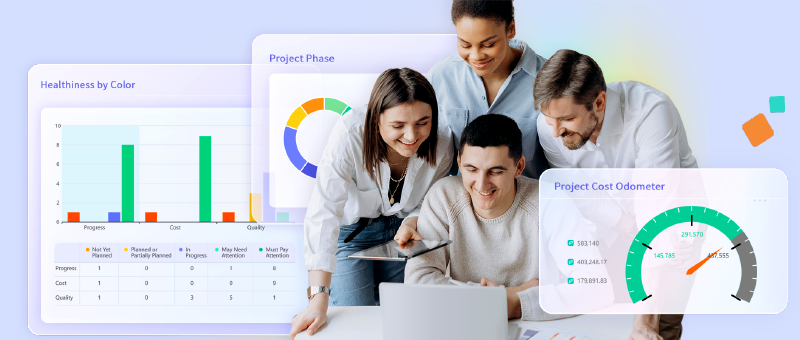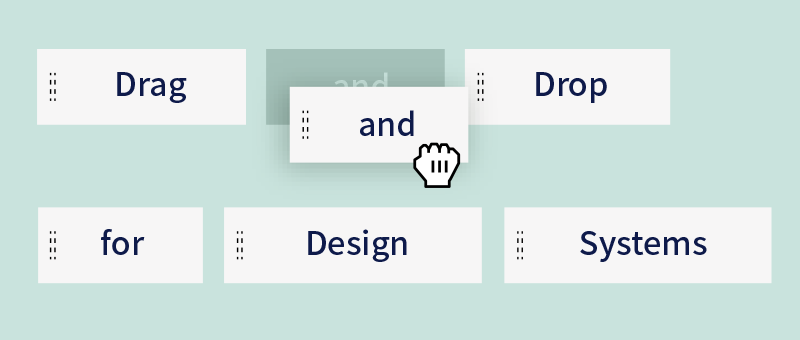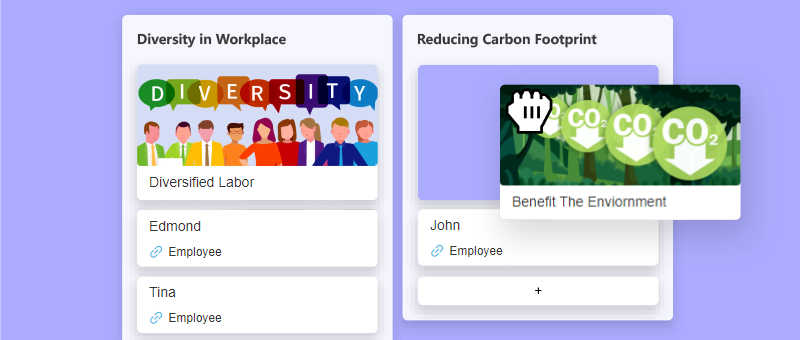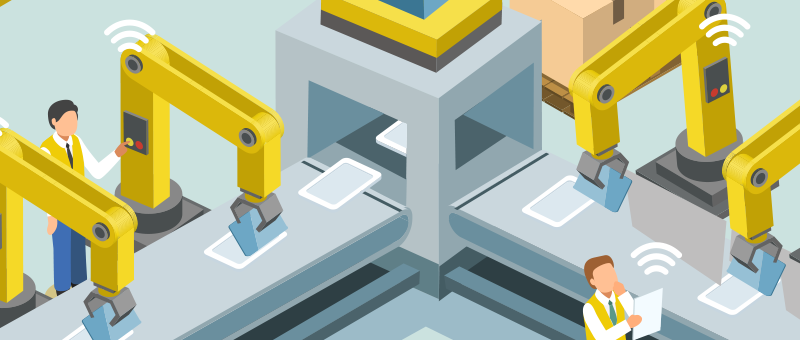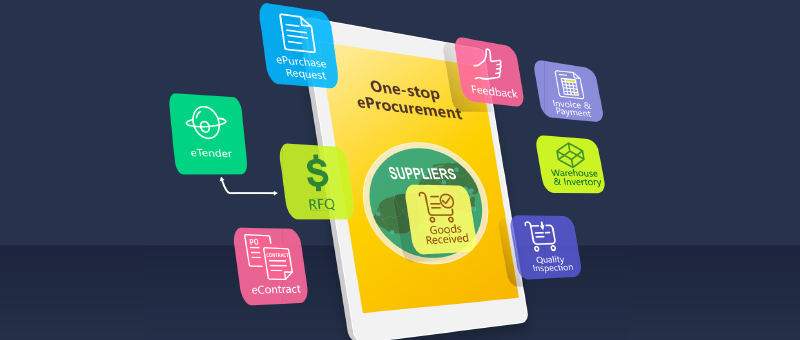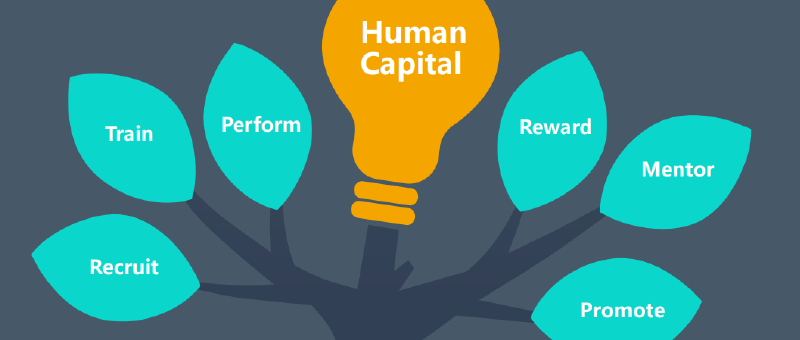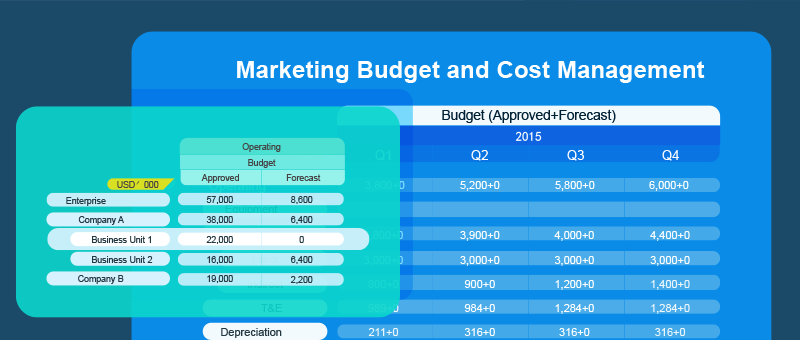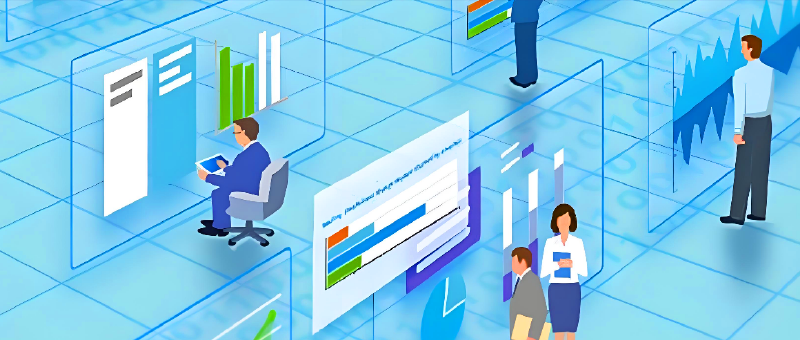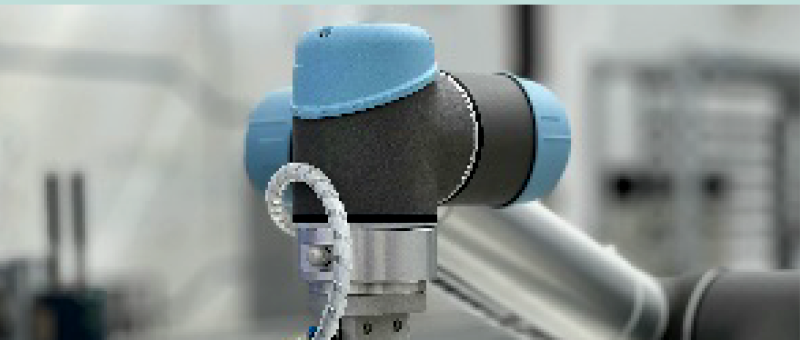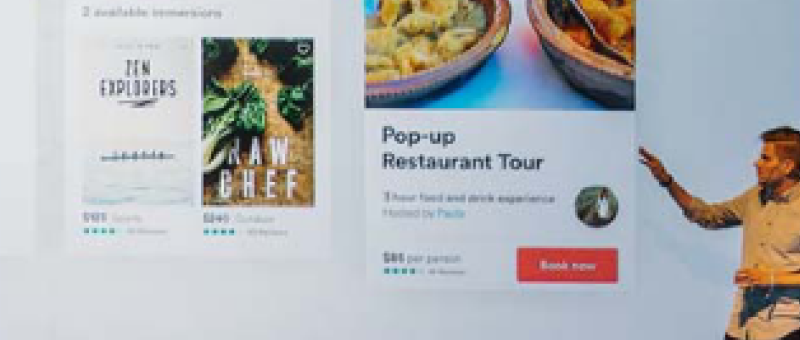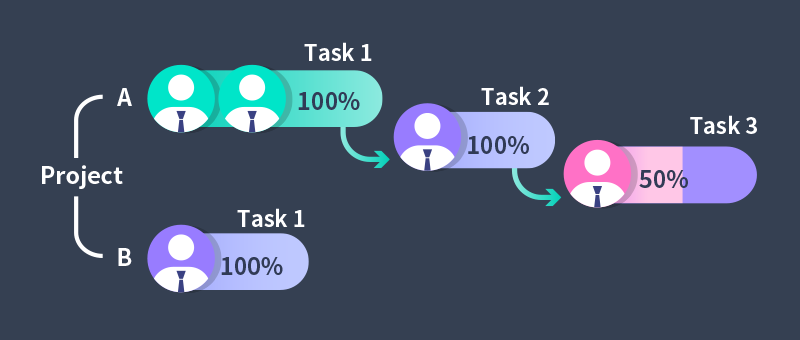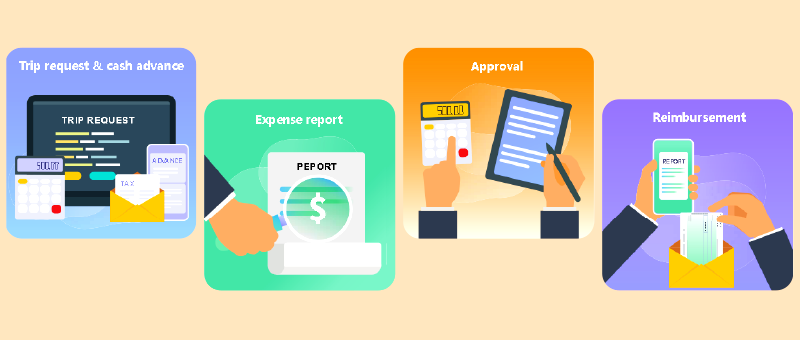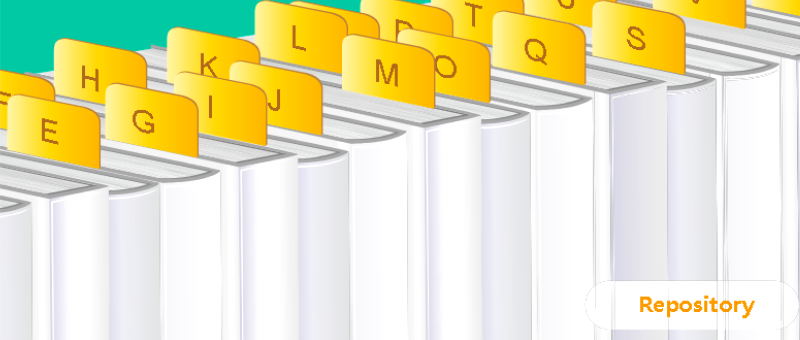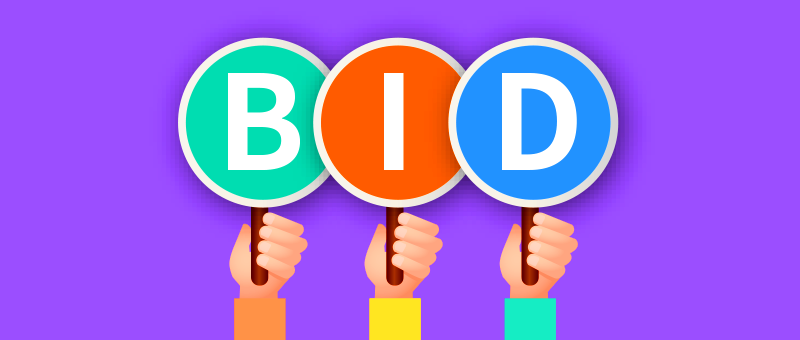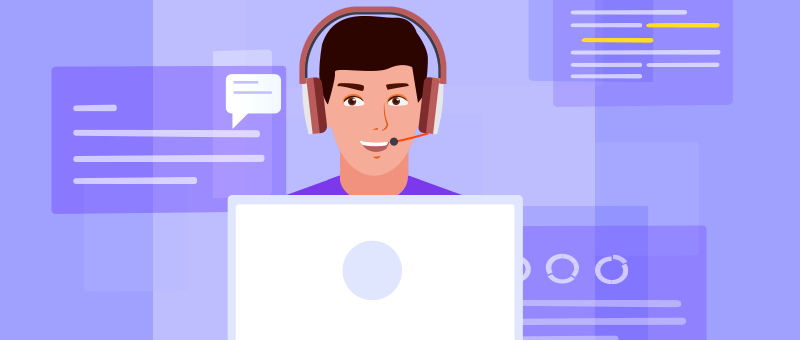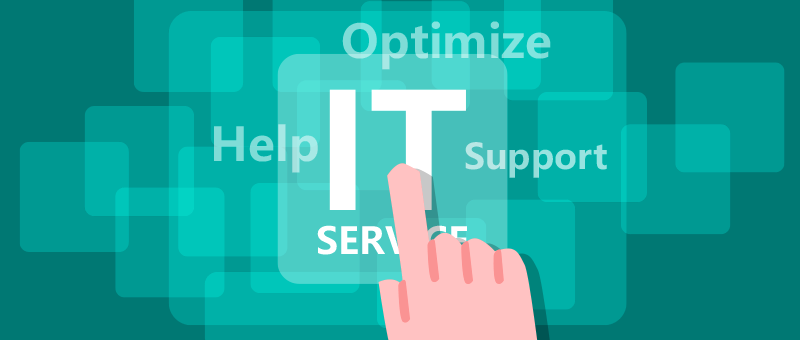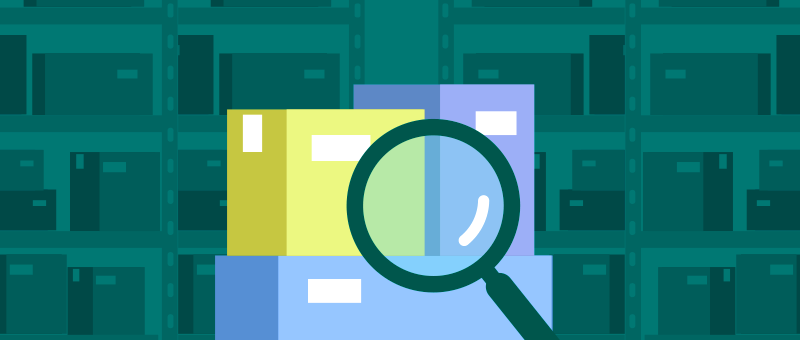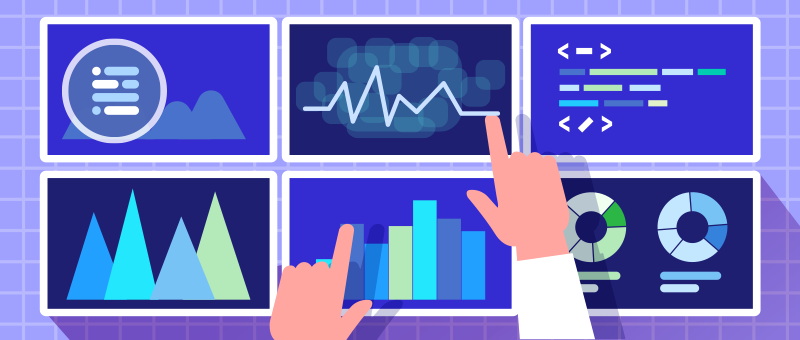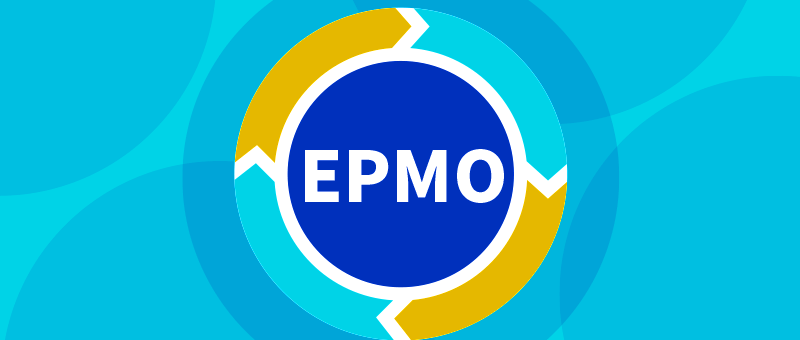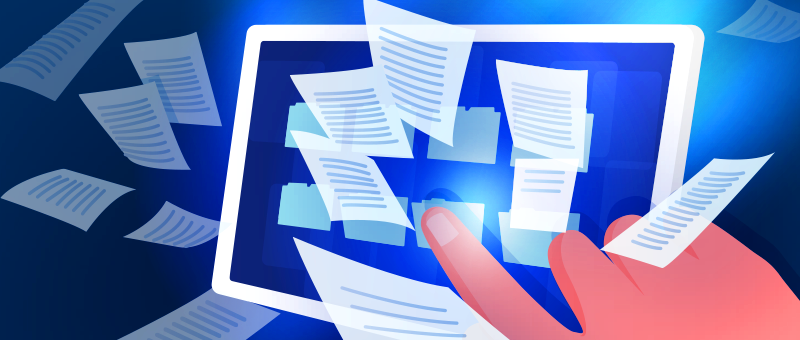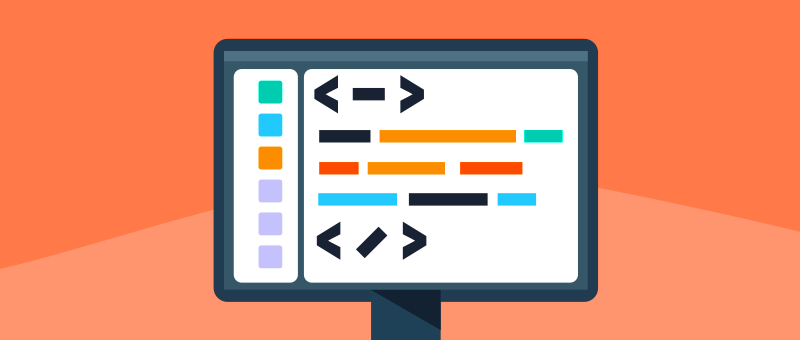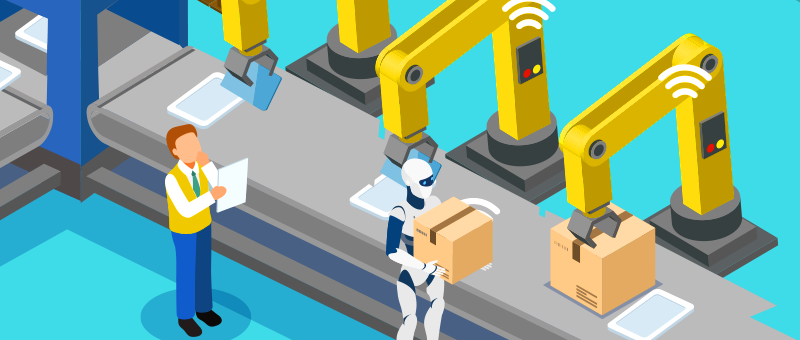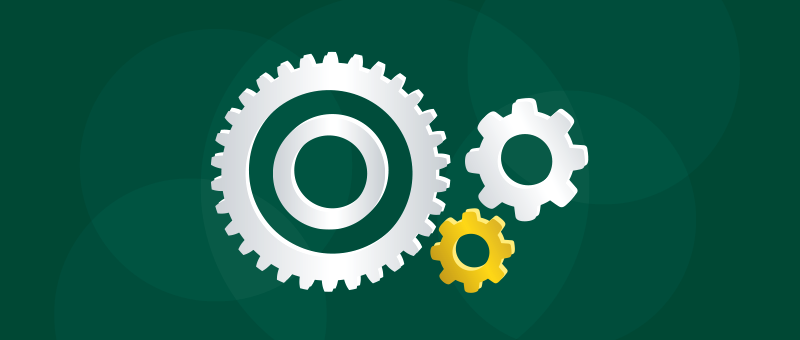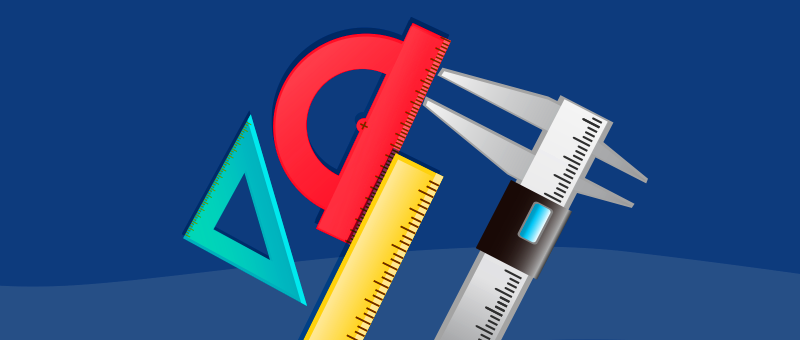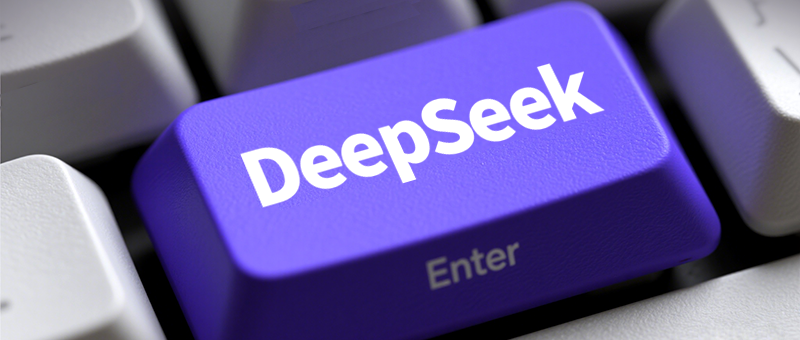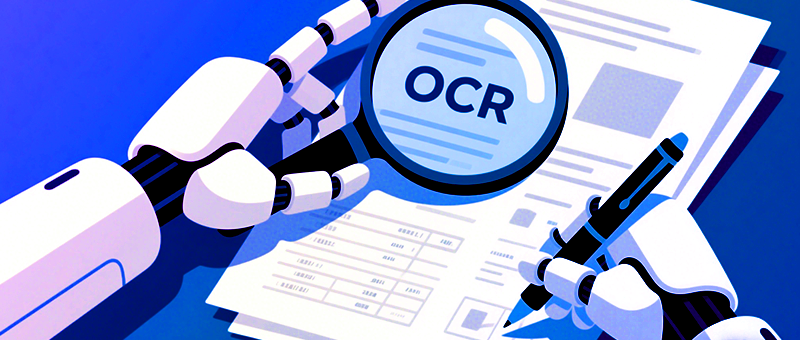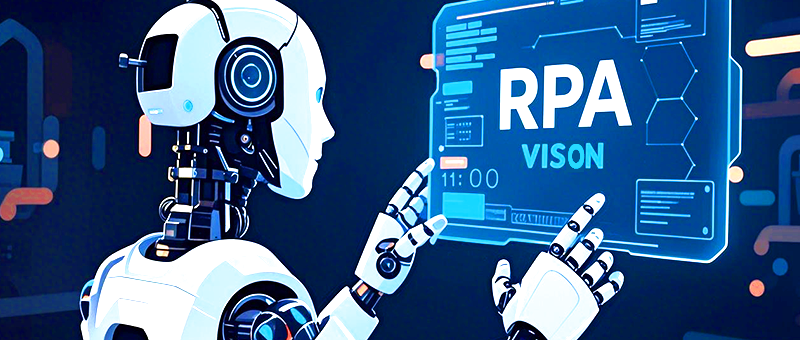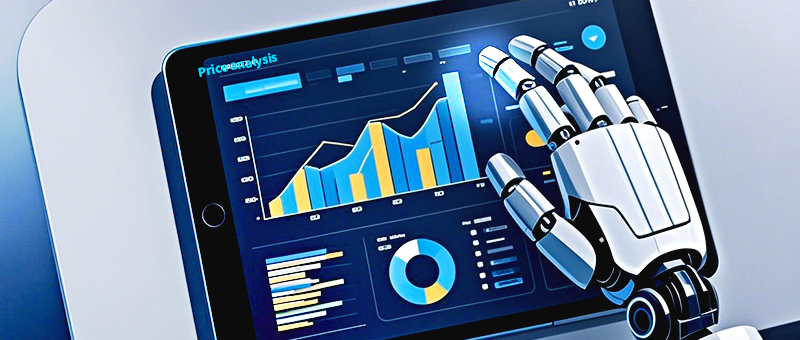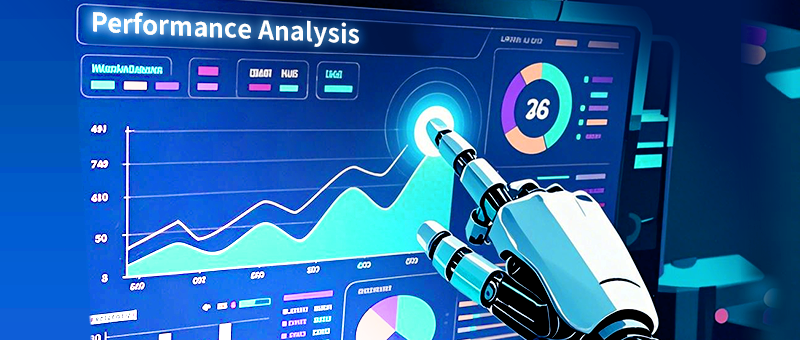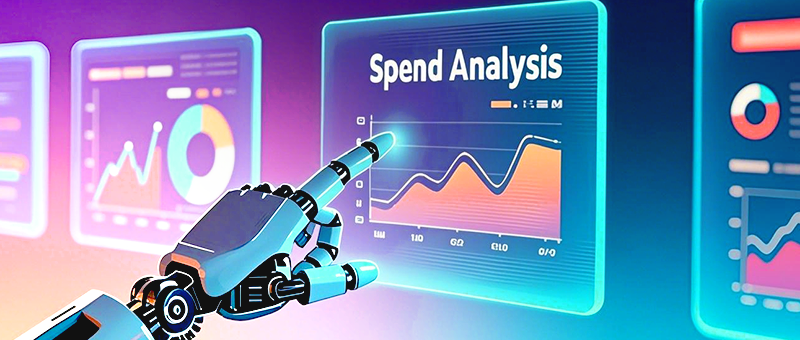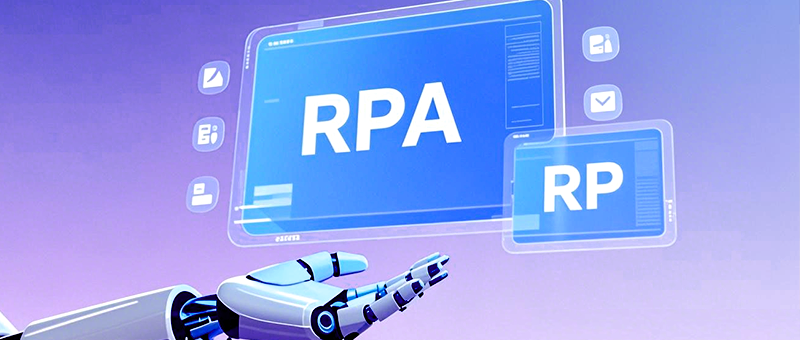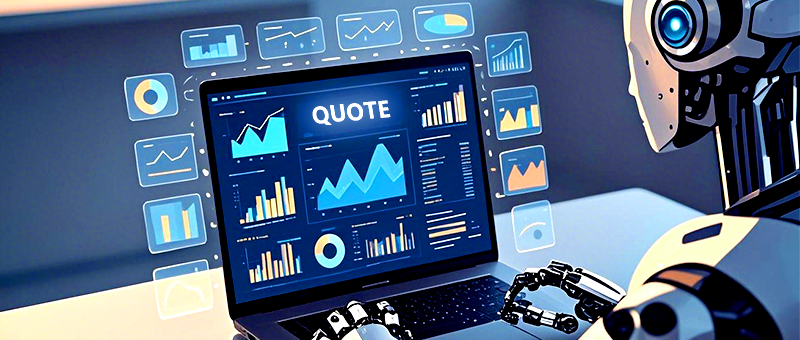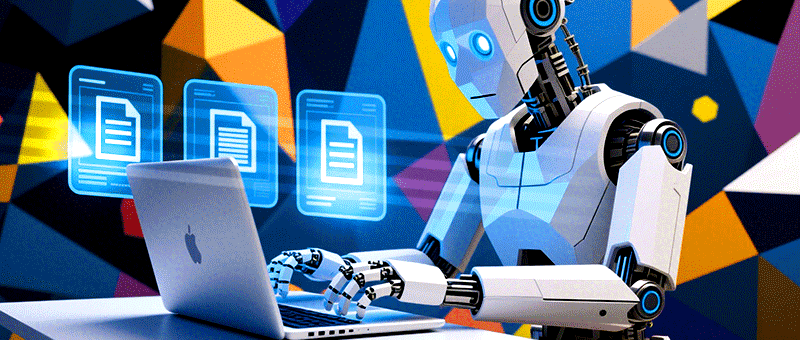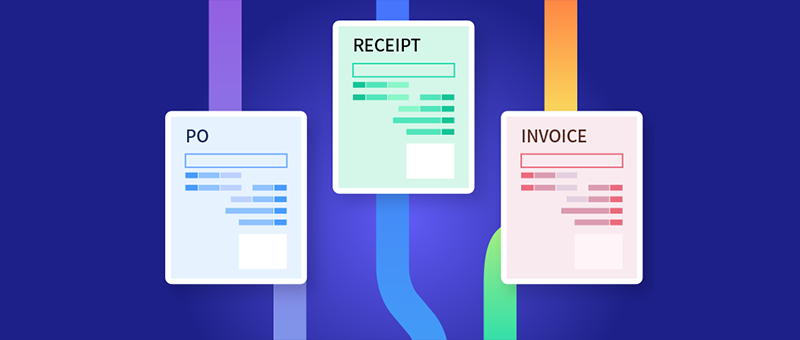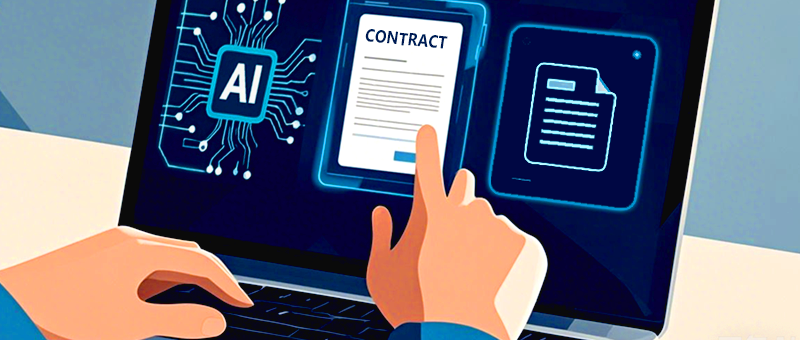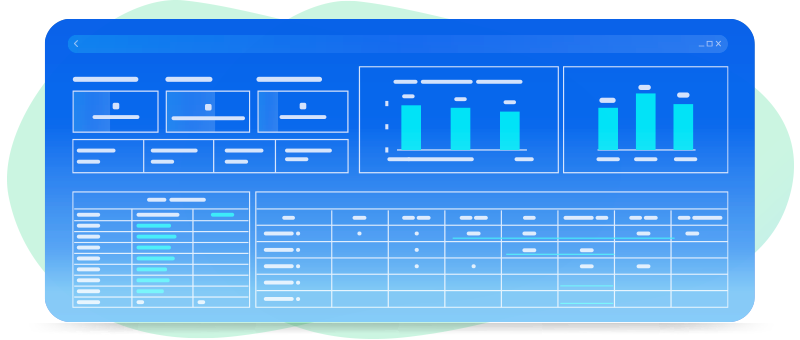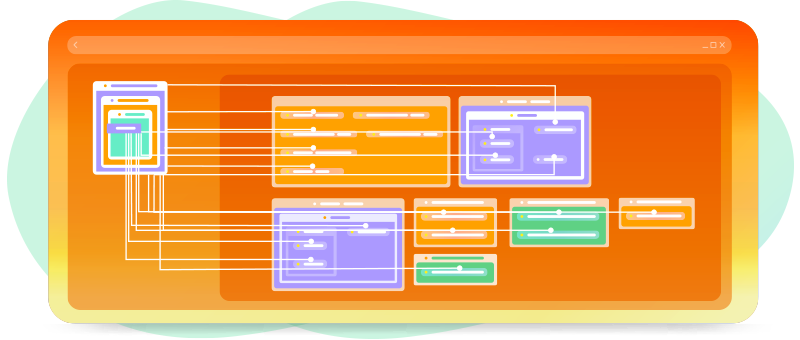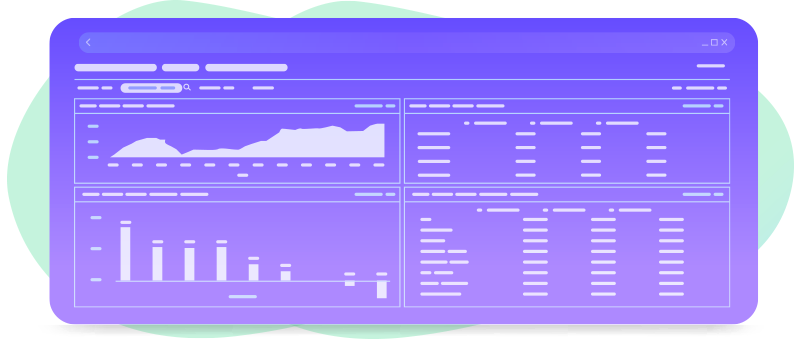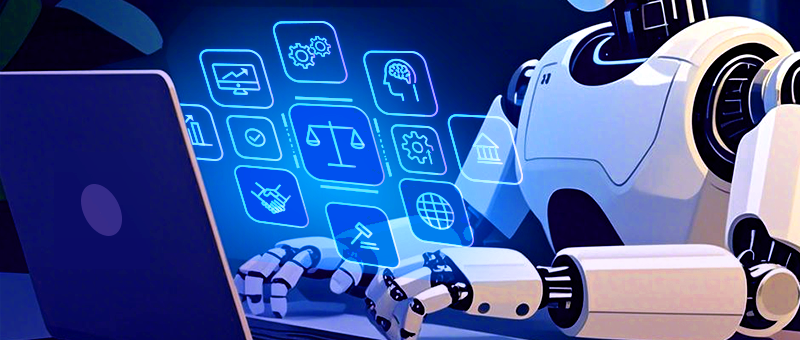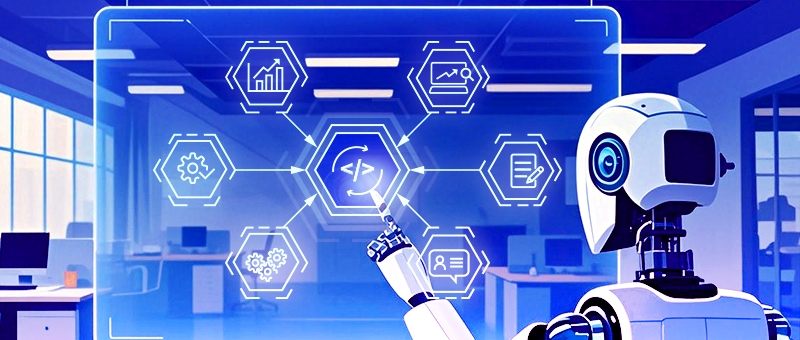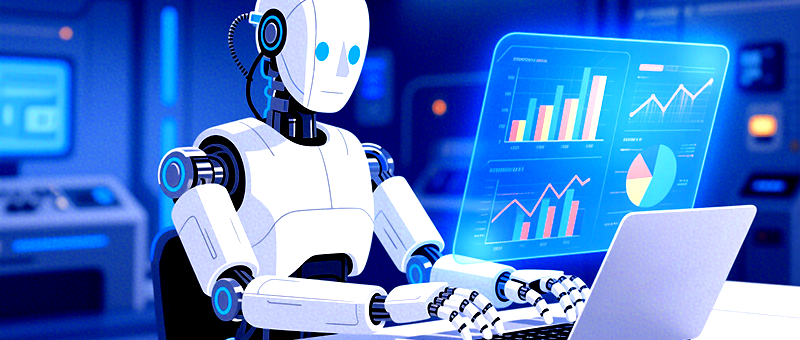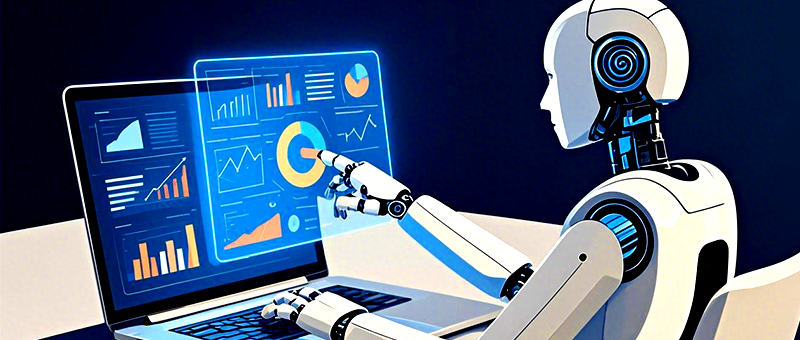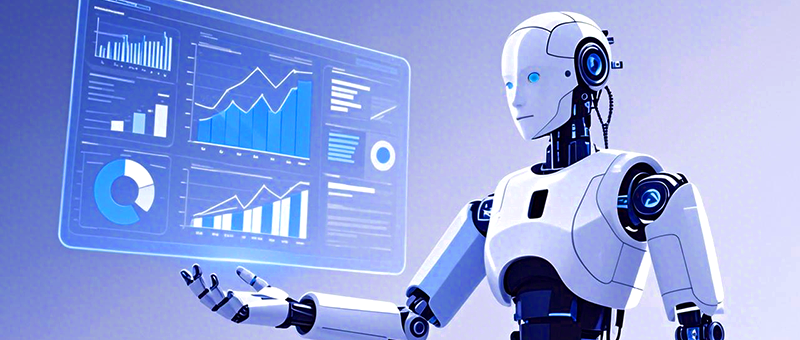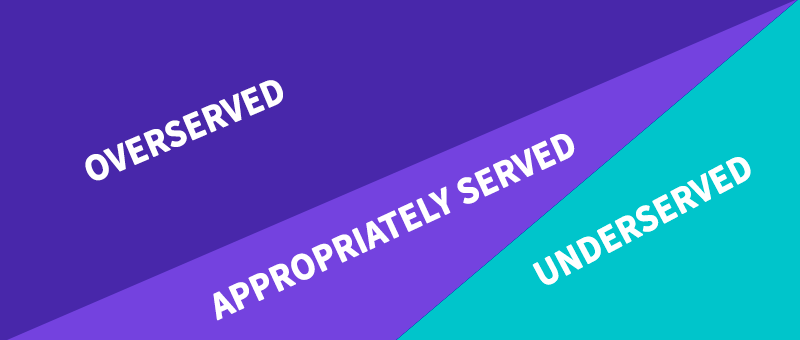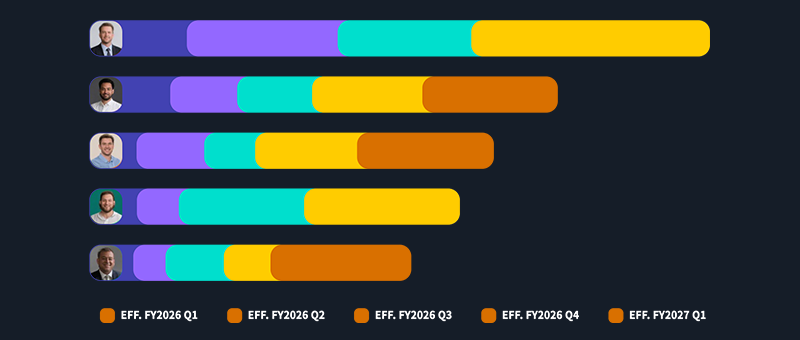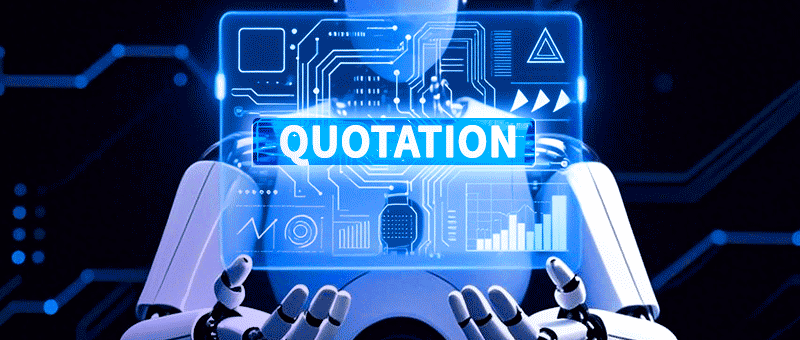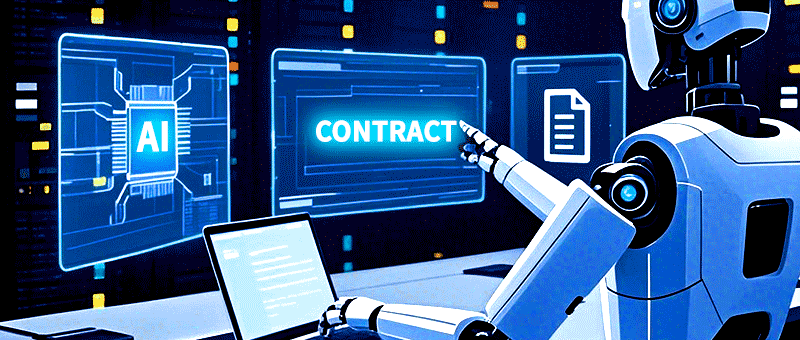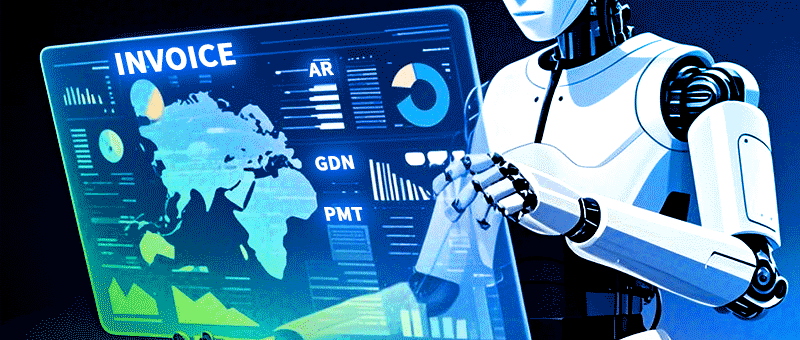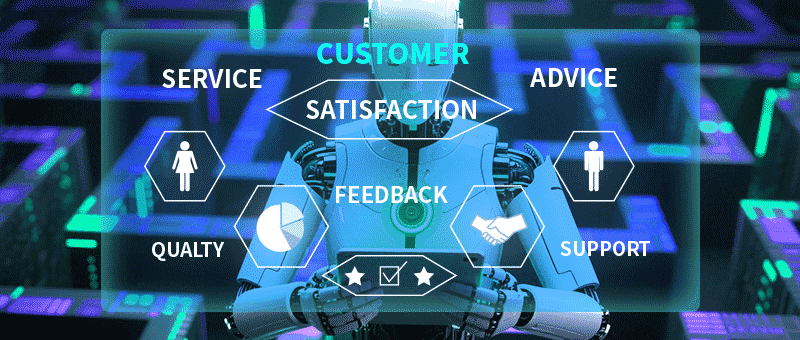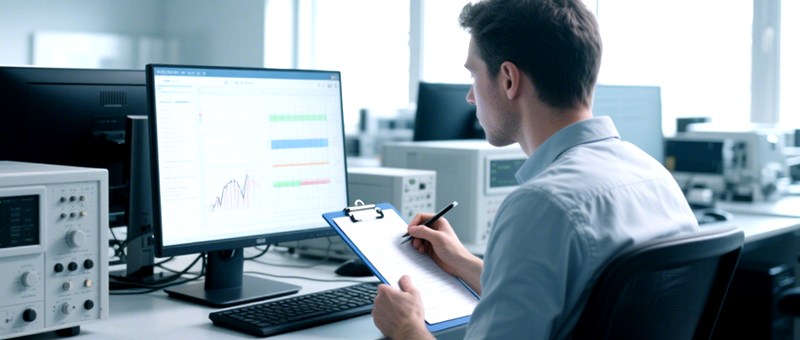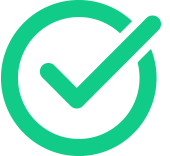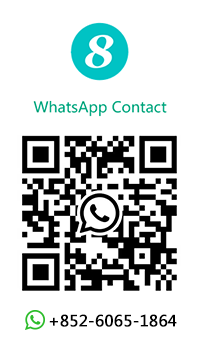Special News
Best project management tools for R&D teams 2025: 6 efficient options
2025-05-29
In an era of rapid iteration and continuous innovation, small R&D teams (consisting of 5-15 people) have become the engine of breakthrough progress for many companies with their flexibility and focus. However, the other side of "small ships are easy to turn around" may also be "small ships have weak ability to withstand wind and waves." Effective project management is not only the icing on the cake for small R&D teams, but also the ballast stone to ensure the direction, improve efficiency, and ultimately successfully deliver innovative results.
This article will delve into the unique challenges that small R&D teams face in project management, and introduce six mainstream R&D project management tools in detail to help your team ride the wave on the road to innovation.
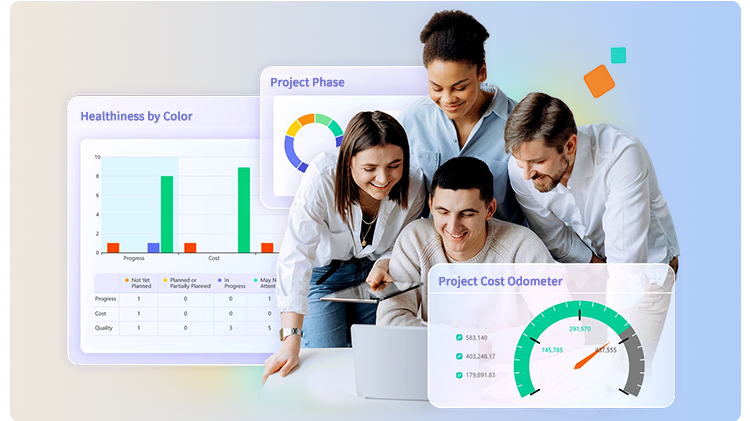
Project Management Challenges Faced by Small R&D Teams
Although small R&D teams have advantages such as low communication costs and quick decision-making, they often encounter the following difficulties in project management practice:
• Highly limited resources: Whether it is manpower, money or time, small teams are often stretched thin. Core R&D personnel may serve as project managers, resulting in distraction; tight budgets also limit tool selection and external support.
• High uncertainty and volatile requirements: R&D projects, especially innovative R&D projects, are inherently full of unknowns. Market feedback, technical bottlenecks, and competitor dynamics may lead to frequent changes in requirements, which requires project management to have extremely high flexibility and adaptability.
• Multiple roles and unclear roles: Team members often need to take on multiple roles, and the boundaries of responsibilities may not be clear. This may improve efficiency in the early stages, but as the project becomes more complex, it is easy to lead to missed tasks, unclear responsibilities and communication barriers.
• Lack of standardized processes and knowledge accumulation: Small teams may focus more on rapid execution and tend to neglect the establishment and standardization of project management processes. Valuable knowledge such as project experience, technical documents, and problem solutions are difficult to effectively accumulate and reuse, affecting long-term development.
• Over-reliance on “heroes” and single points of failure: The team’s core technology or project promotion may be overly dependent on one or two key members. Once these members leave or are unable to take on additional responsibilities, the project may stagnate.
• Bottlenecks in communication efficiency and information transparency: Although internal communication is direct, without a unified information platform and communication mechanism, key information such as project progress, risks, and changes may still be poorly transmitted or distorted, leading to misunderstandings and rework.
• Difficulty in balancing innovation and exploration with delivery pressure: R&D teams must encourage innovation and trial and error, while also facing the pressure of commercialization and market delivery. How to find a balance between the two places high demands on project management.
Introduction to 6 R&D project management tools
Choosing the right project management tool can effectively alleviate the above challenges. Here are six tools that are more popular among small R&D teams:
1. 8Manage PM (Large-scale project management system for small teams)
Introduction: 8Manage PM is a comprehensive and highly integrated project management software. Its design concept emphasizes "one design, one system (ODOS)" and aims to provide end-to-end project management solutions. Although its enterprise version is very powerful and suitable for large and complex project group management, it also provides versions for teams of different sizes and flexible configuration options, enabling it to serve small R&D teams with high requirements for process standardization and data traceability. It places special emphasis on the full life cycle management from project initiation, planning, execution, monitoring to closing, and has built-in powerful WBS (work breakdown structure), resource management, cost control, risk management and deliverable management modules.
In addition, 8Manage PM supports agile and waterfall development modes and adapts to various R&D scenarios. It also provides multi-language support and mobile access to facilitate distributed team collaboration.
Core Features:
• Powerful WBS and plan management: Supports complex task dependencies, milestone settings, and critical path analysis.
• Sophisticated resource and cost management: Ability to track working hours, manage human resource pools, and compare budgets with actual costs.
• Built-in risk and issue tracking: Provides a structured risk identification, assessment, response and issue tracking mechanism.
• Comprehensive collaboration and communication: Integrates task discussion, document sharing, approval process, etc. to ensure information transparency.
• Real-time dashboards and reports: Automatically generate a variety of project reports to help managers understand project status in real time.
Applicable scenarios:
project management software can provide strong support for teams that need to strictly follow project management processes, manage multiple parallel R&D projects, and have requirements for project data traceability and refined cost control . Even for small teams, if their R&D projects are highly complex or they have plans to expand in the future, choosing 8Manage PM can lay a solid management foundation. It can help teams establish norms from the beginning and avoid problems that are difficult to correct later in the "wild growth" process.
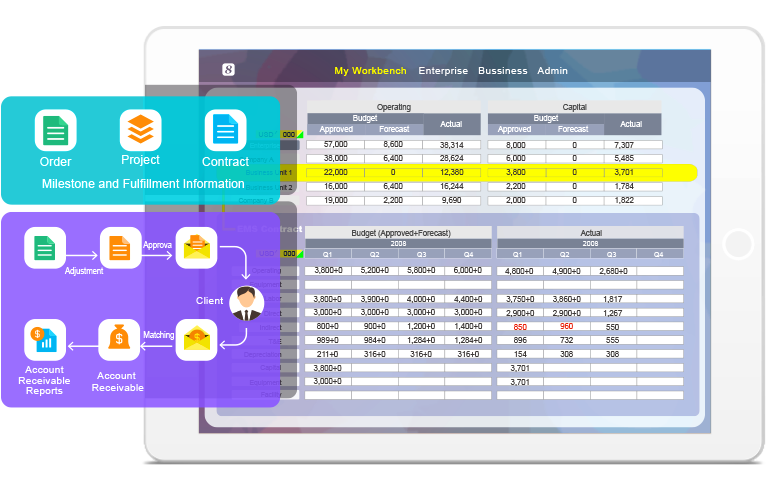
2. Teambition (Alibaba, agile collaboration)
Introduction: Teambition is a popular team collaboration and project management tool under Alibaba, known for its simple and intuitive interface and powerful agile features. It emphasizes "goal-driven" and "task-oriented", and helps teams clearly plan and track work progress through multiple views such as task boards, Kanban boards, Gantt charts, calendars, etc. Teambition is suitable for small R&D teams that adopt agile development models, can respond to changes quickly, and promote transparent collaboration among team members.
Core Features:
• Flexible task board: supports custom lanes and cards, perfectly matching agile processes such as Scrum and Kanban.
• Multiple project views: Gantt chart, list, and calendar views meet different management preferences and needs.
• Powerful file sharing and version management: Facilitates the storage, sharing and traceability of R&D documents.
• Rich integration capabilities: Can be integrated with common R&D tools such as DingTalk, Enterprise WeChat, GitLab, Jenkins, etc.
• Goal Management and OKR Support: Help teams align daily tasks with strategic goals.
Applicable scenarios:
It is particularly suitable for start-up, small R&D teams with Internet genes, especially those teams that embrace agile development methodology. Its lightweight and easy-to-use features lower the threshold for use and can quickly improve team collaboration efficiency and project transparency. For R&D projects that require frequent iterations and rapid response to market changes, Teambition can provide good support.
3. ONES (focus on R&D management throughout the entire life cycle)
Introduction: ONES is an enterprise-level R&D management solution designed for software R&D teams, covering the entire R&D lifecycle from demand planning, project management, test management, knowledge base to performance measurement. ONESs modular design allows teams to choose as needed, which can not only meet the start-up needs of small teams, but also has the ability to support complex R&D collaboration of medium and large teams. It emphasizes data-driven and helps teams gain insight into R&D performance bottlenecks through multi-dimensional reports.
Core Features:
• Refined requirements management: Supports requirements collection, review, decomposition, traceability, and association with tasks and defects.
• Professional iteration and defect management: Adapt to the agile development process and provide complete Sprint planning and bug tracking.
• Test management closed loop: includes test planning, test cases, test execution and test reporting.
• Powerful DevOps support: Deeply integrated with mainstream version control and CI/CD tools to open up the R&D and operation processes.
• R&D performance measurement: Provides a variety of data reports, such as burndown charts, cumulative flow charts, defect distribution, etc.
Applicable scenarios:
It is very suitable for technical teams that have high requirements for R&D process standardization and software quality. Even for small teams, if their products are highly complex or they attach great importance to refined management and data-driven improvement of the R&D process, ONES will be an ideal choice. It can help the team establish a professional R&D management system.
4. Feishu (By ByteDance, project management in a collaborative suite)
Introduction: Feishu is an enterprise collaboration and management platform launched by ByteDance. Its core is instant messaging (IM), and on this basis, it integrates multiple office applications such as calendar, documents, video conferencing, approval, and email, which also includes lightweight project management and task management functions - "multi-dimensional tables" and "tasks". The Feishu project focuses more on integrating project management into daily communication and collaboration processes, and emphasizes the instant synchronization and efficient flow of information through the concept of "things are on people, and people are on things".
Core Features:
• Deep integration of IM and collaboration: Tasks can be created, assigned and discussed directly in the chat, ensuring efficient information flow.
• Flexible multi-dimensional tables: Highly customizable to create personalized project tracking dashboards, task lists, resource schedules, etc.
• Powerful online document collaboration: Feishu documents support real-time editing by multiple people and are suitable for the writing and review of requirement documents and technical solutions.
• Unified message and to-do center: Aggregate all project-related notifications and to-do items to prevent them from being missed.
Applicable scenarios:
For small R&D teams that have already used Lark as their core communication and collaboration platform, its built-in project management function can be seamlessly integrated with low learning costs. It is particularly suitable for teams with low project complexity but high requirements for team communication efficiency, information sharing, and document collaboration. It is more like a combination of "collaboration + light project management".
5. GanttProject (free and open source, focusing on Gantt charts)
Introduction: GanttProject is a free, open source desktop project management software with its powerful Gantt chart function at its core. It is simple and easy to use, focusing on project planning, task scheduling, and resource allocation. Users can easily create tasks, set dependencies, define milestones, assign resources, and generate clear Gantt charts and PERT charts. Although it does not support real-time collaboration like cloud tools, its convenience of offline use and zero-cost features make it an attractive choice for small teams with limited budgets or strict requirements on data privacy. It supports data import and export in multiple formats (such as MS Project, CSV, PDF, PNG).
Core Features:
• Intuitive Gantt chart editing: Drag and drop to easily adjust task duration, dependencies, and progress.
• Resource Management and Allocation: Human resources and their roles can be defined, and tasks can be assigned to specific resources.
• Baseline and comparison: You can set a project baseline to facilitate tracking of deviations between actual progress and plan.
• PERT chart generation: Assists in project activity sequencing and critical path analysis.
• Cross-platform and data export: Supports Windows, macOS, and Linux, and can export reports in multiple formats.
Applicable scenarios:
It is very suitable for small teams with extremely limited budgets or who only need a powerful Gantt chart tool for project planning and progress tracking. If team members are accustomed to working locally or the project requires high confidentiality and is not suitable for cloud computing, GanttProject is a practical and economical choice. It focuses more on "planning" rather than "real-time collaboration".
6. Basecamp (Simplicity first, emphasis on communication)
Introduction: Basecamp is a long-standing and highly respected project management and team communication tool. It integrates project-related to-do items, file sharing, scheduling, message discussion and other functions into a clear interface, avoiding the trouble of switching between multiple tools. Basecamp emphasizes reducing interference and promoting meaningful communication and collaboration, without complex charts or cumbersome settings. Each project has its own independent space, which contains all related content, and is very suitable for managing multiple independent small R&D or innovation projects.
Core Features:
• Project-centered design: Each project has an independent space, including To-dos, Message Board, Schedule, Docs & Files, etc.
• Clear To-dos: Easy-to-use task list with support for assignments, due dates and comments.
• Centralized Message Board: Replaces lengthy email communications and keeps all discussions traceable.
• Automatic Check-ins: Regularly ask team members questions (such as "What did you do today?") to promote information synchronization.
Applicable scenarios:
It is suitable for small R&D teams that pursue minimalism and hate the stacking of complex functions. Especially for projects that need to collaborate with external customers or a small number of stakeholders, Basecamps client access function is very convenient. If the team pays more attention to clear communication, orderly organization of tasks and reducing unnecessary meetings, Basecamp will be a refreshing and efficient choice.
Conclusion
Small R&D teams face challenges in project management, such as limited resources, low communication efficiency, and frequent changes in requirements. Choosing the right tool is the key to improving efficiency. 8Manage PM is suitable for standardized management, Teambition and Feishu emphasize ease of use and integration, ONES provides full-process support, and GanttProject and Basecamp are simple and practical. Teams should choose the most suitable tools based on the size, budget, and complexity of the project to optimize collaboration and ensure on-time delivery.
Frequently asked questions
1. How should a small R&D team choose a project management tool?
When choosing a tool, you need to consider team size, project complexity, budget, and integration requirements. Small teams can give priority to tools that are easy to use and cost-effective, such as Teambition or Feishu; if standardized management is required, 8Manage PM or ONES can be considered.2. Can free tools meet the needs of small teams?
Yes, the free versions of Teambition, Lark, and GanttProject are sufficient to meet basic task management and progress tracking needs. But for complex projects, paid tools such as 8Manage PM or Basecamp provide more powerful features.3. How to reduce the cost of learning a tool?
Choose a tool with an intuitive interface and templates or tutorials, such as Teambition or Basecamp. The team can arrange short-term training or start with a free trial to gradually familiarize themselves with the functions.
Most popular

How IPD drives product R&D toward commercial success

Top procurement management systems to elevate your business in 2025

Are your project managers ready for AI?
Related articles
8Manage PM vs Trello vs Lark: Best enterprise project management
2025-06-10
Scientific project management: 4 top tools and efficiency tips
2025-05-14
6 top tools to boost new product development efficiency
2025-04-30
IPD R&D project management: process and tools(including 8Manage PM)
2025-04-25
Top 8 project management tools for product development in 2025 (free included)
2025-04-18
Previous Article >
Top 5 auction systems in procurement for boosting efficiency (2025)
Top 5 auction systems in procurement for boosting efficiency (2025)



